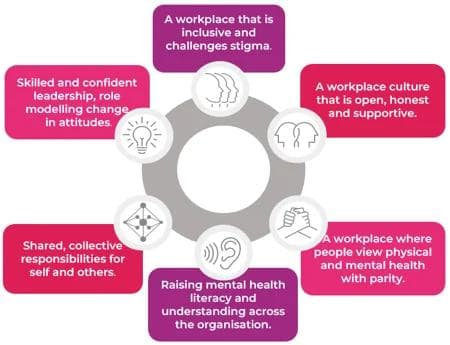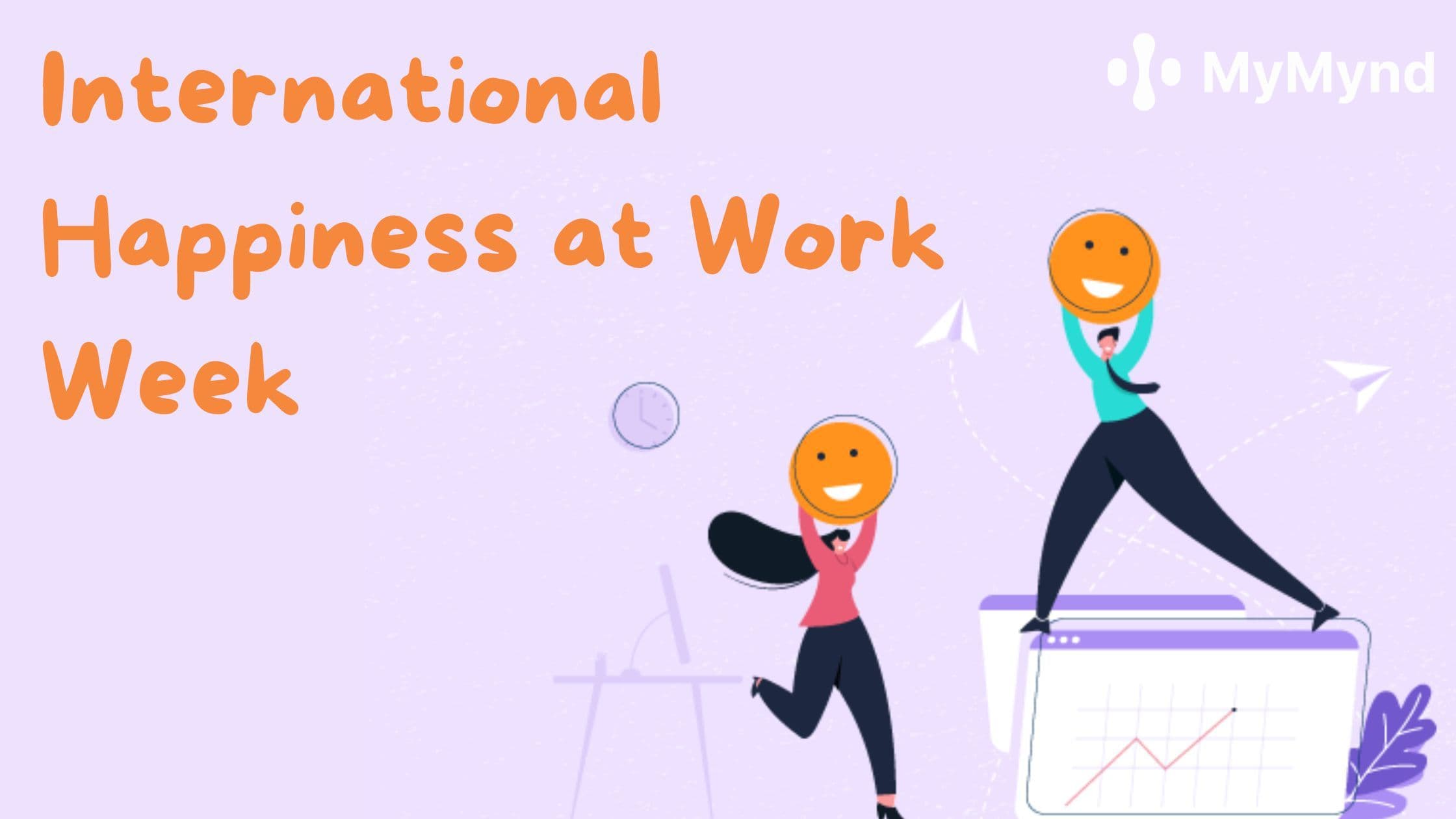...
...
...
...
...

Explore these guidelines for managing psychosocial risks and building a positive workplace culture.

Hannah Clemens
Apr 18th, 2023
We spend about a third of our lives working, which is why a focus on creating a psychologically healthy and safe space is time well spent. Psychological safety refers to the ability to take risks, to express ideas and concerns, speak up with questions, and admit mistakes — all without fear of negative consequences.
Yet, research still shows large numbers of employees struggle with their mental and physical health, partly due to factors they experience at work.
To address these factors and their impact, the International Organisation for Standardisation (ISO) designed ISO 54003. This is the world’s first standard for managing mental health in the workplace, providing a set of practical guidelines to help employers assess and control the psychosocial risks their employees face.
And most importantly, it puts psychological health in the spotlight.
These are organisational factors that can negatively affect a worker’s mental or physical health. Each of them can interact with and add to other risks. Examples include high workload, tight deadlines, lack of control, poor support, value conflicts, and bullying/discrimination.
It addresses the various factors (psychosocial risks) that can negatively impact employee wellbeing. The guidelines help employers identify primary risk factors and find ways to mitigate or remove them. It also includes examples of how to act when dealing with potential risks.
Such risk management process usually involves the following steps:
Apart from the clear benefits a positive working environment has for your employees, following ISO 45003 or a similar review process can also help your organisation in being more resilient, productive, and ultimately successful.
For example, benefits might include:
The first step is a thorough risk assessment at work, engaging in a variety of methods to identify potential risks. For example you can review:
Lastly, it’s also essential to review and strengthen your workplace culture. Mental health at work gives a great illustration of their approach towards an inclusive, safe, and healthy workplace:

Creating a mentally healthy workplace is everyone's responsibility. We can all contribute to improving our shared workspaces. What is one thing you can do today to contribute to building a safer and healthier workplace?

Why is Happiness at Work so important and how can we achieve it?
Nia Griffiths
Sep 23rd, 2024
Hannah Clemens
Dec 28th, 2022

Fostering meaningful connections can enrich our lives
Hannah Clemens
Jul 25th, 2023